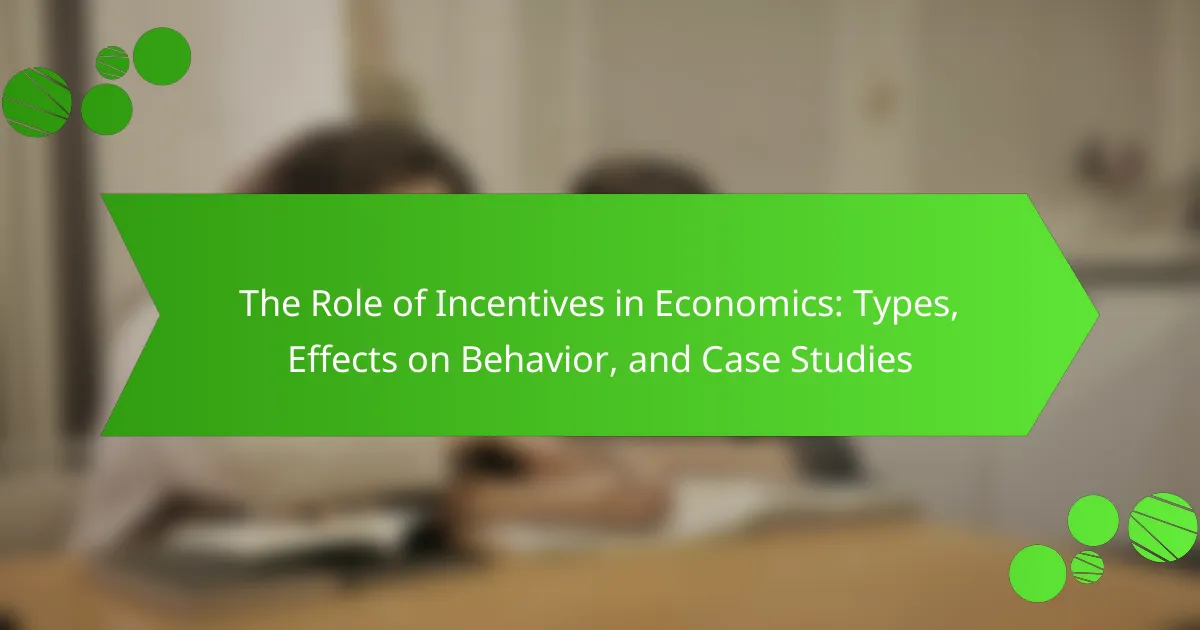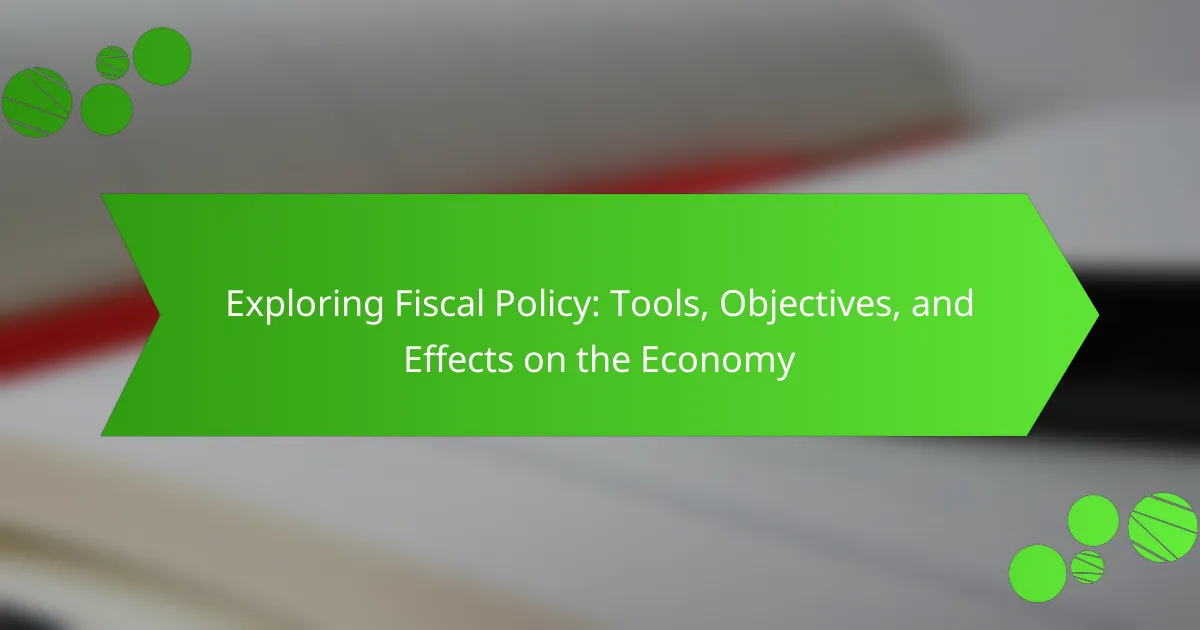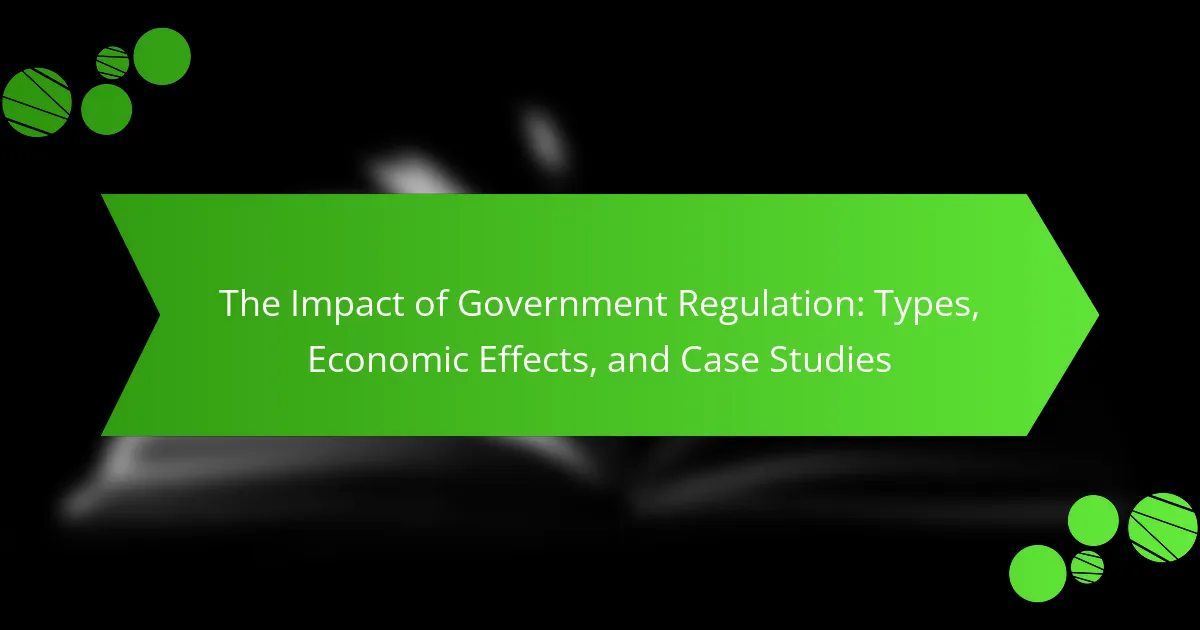Opportunity cost is defined as the value of the next best alternative that is forgone when making a decision, highlighting the benefits that could have been gained from that alternative. This concept is essential in economics and plays a significant role in decision-making processes for individuals and businesses. The article explores the importance of understanding opportunity cost, illustrating how it can influence choices related to financial investments, time management, and resource allocation. By evaluating what is sacrificed in decision-making, readers can learn to make more informed and beneficial choices in various aspects of life.

What is Opportunity Cost?
Opportunity cost is the value of the next best alternative that is forgone when making a decision. It represents the benefits that could have been gained from choosing that alternative. For example, if you spend time studying instead of working, the opportunity cost is the income you would have earned. This concept is crucial in economics and decision-making. Understanding opportunity cost helps individuals and businesses evaluate the potential benefits of their choices. By considering what is sacrificed, better decisions can be made. Opportunity cost applies to various scenarios, including financial investments, time management, and resource allocation.
How is Opportunity Cost defined in economics?
Opportunity cost in economics is defined as the value of the next best alternative that is forgone when a decision is made. It represents the benefits that could have been received by choosing that alternative. For example, if a person decides to spend money on a vacation instead of investing it, the opportunity cost is the potential returns from that investment. This concept is crucial for effective decision-making. It helps individuals and businesses evaluate the trade-offs involved in their choices. Understanding opportunity cost can lead to better resource allocation and improved financial outcomes.
What are the key components of Opportunity Cost?
The key components of opportunity cost include the next best alternative, benefits foregone, and resource allocation. The next best alternative refers to the option that is sacrificed when a decision is made. Benefits foregone are the gains that could have been achieved from the next best alternative. Resource allocation highlights how limited resources must be distributed among competing options. These components illustrate the trade-offs involved in decision-making. Understanding these factors aids individuals and businesses in making informed choices.
How does Opportunity Cost differ from other economic concepts?
Opportunity cost differs from other economic concepts by focusing on the value of the next best alternative forgone when a choice is made. Unlike concepts such as supply and demand, which analyze market interactions, opportunity cost emphasizes the trade-offs inherent in decision-making. It quantifies the benefits lost from not choosing the alternative option. For instance, if a person chooses to spend time studying instead of working, the opportunity cost is the wage they would have earned. This concept is essential in evaluating choices in resource allocation, unlike concepts that merely describe market behaviors. Therefore, opportunity cost uniquely highlights the consequences of decisions in terms of lost opportunities.
Why is Opportunity Cost important in decision-making?
Opportunity cost is important in decision-making because it helps individuals and organizations evaluate the potential benefits of different choices. Understanding opportunity cost enables better allocation of resources. It emphasizes the value of the next best alternative that is forgone. This evaluation can lead to more informed and effective decisions. For example, choosing to invest in one project over another can significantly impact financial returns. Studies show that recognizing opportunity costs can improve long-term planning and strategic decision-making. By considering what is sacrificed, decision-makers can better assess risks and rewards. Thus, opportunity cost serves as a critical tool for optimizing choices in various contexts.
How does understanding Opportunity Cost improve financial decisions?
Understanding opportunity cost enhances financial decisions by allowing individuals to evaluate the true cost of their choices. It involves assessing the benefits of the next best alternative that is forgone when a decision is made. By recognizing what is sacrificed, individuals can make more informed and rational choices. This clarity helps prioritize options that yield the highest returns. For instance, investing in stocks versus saving in a bank account can be analyzed through opportunity cost. Research indicates that individuals who consider opportunity costs tend to achieve better financial outcomes. A study by Thaler and Sunstein in “Nudge” shows that awareness of opportunity costs leads to smarter financial behaviors. Thus, understanding opportunity cost is crucial for maximizing financial efficiency.
What role does Opportunity Cost play in resource allocation?
Opportunity cost plays a critical role in resource allocation by guiding decision-makers in evaluating trade-offs. It represents the value of the next best alternative that is forgone when a choice is made. For example, if a company invests in new machinery instead of employee training, the opportunity cost is the potential benefits from the training. Understanding opportunity costs helps individuals and organizations prioritize their resources effectively. Research indicates that recognizing these costs can lead to more informed and efficient economic decisions. It encourages a thorough analysis of alternatives, ultimately leading to better allocation of limited resources.
What are common misconceptions about Opportunity Cost?
One common misconception about opportunity cost is that it only refers to monetary loss. Opportunity cost encompasses all potential benefits lost when choosing one option over another, not just financial ones. Another misconception is that opportunity cost is only relevant in significant financial decisions. In reality, it applies to everyday choices, such as time allocation. People often believe that opportunity cost is easy to calculate. However, it can be complex due to subjective values and varying personal preferences. Additionally, some think opportunity cost is only about the next best alternative. It actually includes all potential alternatives that could have been pursued. These misconceptions can lead to poor decision-making and a lack of understanding of true costs involved in choices.
How do people often misunderstand the concept of Opportunity Cost?
People often misunderstand the concept of Opportunity Cost by thinking it only refers to monetary loss. Opportunity Cost encompasses the value of the next best alternative forgone when a choice is made. Many individuals fail to consider non-monetary factors, such as time and satisfaction. For instance, choosing to spend time studying instead of socializing involves Opportunity Cost in terms of missed experiences. This broader perspective is essential for informed decision-making. Misunderstanding can lead to poor choices, as individuals may not evaluate all potential outcomes. Ultimately, recognizing Opportunity Cost requires a comprehensive view of trade-offs in any decision.
What are the implications of these misconceptions in real-life scenarios?
Misconceptions about opportunity cost can lead to poor decision-making in real-life scenarios. Individuals may undervalue alternatives, causing them to miss better opportunities. For instance, a person may choose a lower-paying job that offers more leisure time, ignoring potential income from a higher-paying role. This choice can result in long-term financial loss.
In business, misunderstanding opportunity cost can lead to inefficient resource allocation. Companies might invest in projects that do not yield the best returns, neglecting more profitable ventures. Research shows that firms that accurately assess opportunity costs tend to outperform their competitors.
Moreover, misconceptions can affect personal finance decisions. For example, individuals might prioritize immediate gratification over long-term savings, leading to inadequate retirement funds. According to a study by the National Bureau of Economic Research, people who understand opportunity costs are more likely to save effectively.
Overall, these misconceptions can have significant financial and strategic implications in both personal and professional contexts.
How can Opportunity Cost be applied in everyday situations?
Opportunity cost can be applied in everyday situations by evaluating the trade-offs of decisions. When choosing between two activities, the opportunity cost is the value of the next best alternative that is forgone. For instance, if a person decides to spend money on a vacation instead of saving for a car, the opportunity cost is the benefits of owning the car. Similarly, if someone spends time studying instead of working, the opportunity cost is the income they could have earned during that time. These decisions highlight the importance of considering what is sacrificed when making choices. Understanding opportunity cost helps individuals make more informed decisions that align with their goals and values.
What are some practical examples of Opportunity Cost in daily life?
Opportunity cost refers to the value of the next best alternative that is forgone when making a decision. For instance, choosing to spend time studying instead of going out with friends represents an opportunity cost. The value lost is the enjoyment and social interaction missed by not going out.
Another example is deciding to buy a new smartphone instead of saving that money for a vacation. The opportunity cost is the experience and enjoyment of the vacation that could have been taken.
Additionally, if someone chooses to work overtime rather than attending a family event, the opportunity cost includes the family bonding time that is lost.
These examples illustrate how opportunity cost is a crucial consideration in daily decision-making. Each choice made has a corresponding value that is sacrificed, highlighting the importance of evaluating alternatives.
How can individuals calculate their own Opportunity Costs?
Individuals can calculate their own opportunity costs by identifying the value of the next best alternative they forgo when making a decision. Start by listing all possible choices related to the decision. Evaluate the potential benefits and costs associated with each option. Choose the option that offers the highest value. The opportunity cost is the value of the benefits you miss out on from the next best choice. For example, if you choose to spend time studying instead of working, the opportunity cost is the income you would have earned during that time. This method allows individuals to make informed decisions by weighing the trade-offs involved.
What strategies can help in evaluating Opportunity Costs effectively?
Identify alternatives clearly before making a decision. List all possible choices related to a specific decision. Analyze the potential benefits and drawbacks of each option. Use quantitative measures where possible to compare options effectively. Consider both short-term and long-term impacts on resources. Incorporate stakeholder perspectives to evaluate subjective values. Review past decisions to understand outcomes and refine evaluation methods. Utilize decision-making frameworks, such as cost-benefit analysis, for structured evaluation.
How can decision-making frameworks incorporate Opportunity Cost analysis?
Decision-making frameworks can incorporate Opportunity Cost analysis by systematically evaluating the potential benefits of alternative choices. This involves identifying all possible options available for a decision. Each option’s potential returns must be assessed against the expected returns of the chosen option.
By quantifying these returns, decision-makers can better understand the trade-offs involved. For example, if investing in Project A yields a 10% return, while Project B offers a 15% return, the Opportunity Cost of choosing Project A is the 5% difference.
Incorporating this analysis helps in prioritizing options based on their true value. It encourages informed decision-making by emphasizing the importance of considering what is sacrificed. Tools like cost-benefit analysis can be used to visualize these trade-offs effectively.
Research shows that incorporating Opportunity Cost into decision frameworks leads to more rational choices. A study by the Journal of Behavioral Decision Making highlights that individuals often overlook Opportunity Costs, leading to suboptimal decisions.
What tips can individuals use to better assess Opportunity Costs in their decisions?
To better assess opportunity costs in decisions, individuals should identify all available options. This involves listing potential choices and their respective benefits. Next, individuals should evaluate the value of the next best alternative. This requires understanding what is sacrificed when choosing one option over another. Additionally, individuals should consider both short-term and long-term consequences of their choices. This helps in recognizing the broader impact of decisions. Furthermore, individuals can use a decision matrix to weigh options systematically. This tool allows for a visual comparison of benefits and costs. Lastly, reflecting on past decisions can provide insights into future choices. Learning from previous experiences enhances decision-making skills.
Opportunity cost is a fundamental economic concept that refers to the value of the next best alternative that is forgone when making a decision. This article explores the definition of opportunity cost, its importance in decision-making, and its application in everyday situations. Key components include understanding trade-offs, evaluating resource allocation, and recognizing common misconceptions. Practical examples illustrate how opportunity cost affects personal and financial decisions, while strategies for effectively assessing opportunity costs are provided to enhance decision-making skills.



